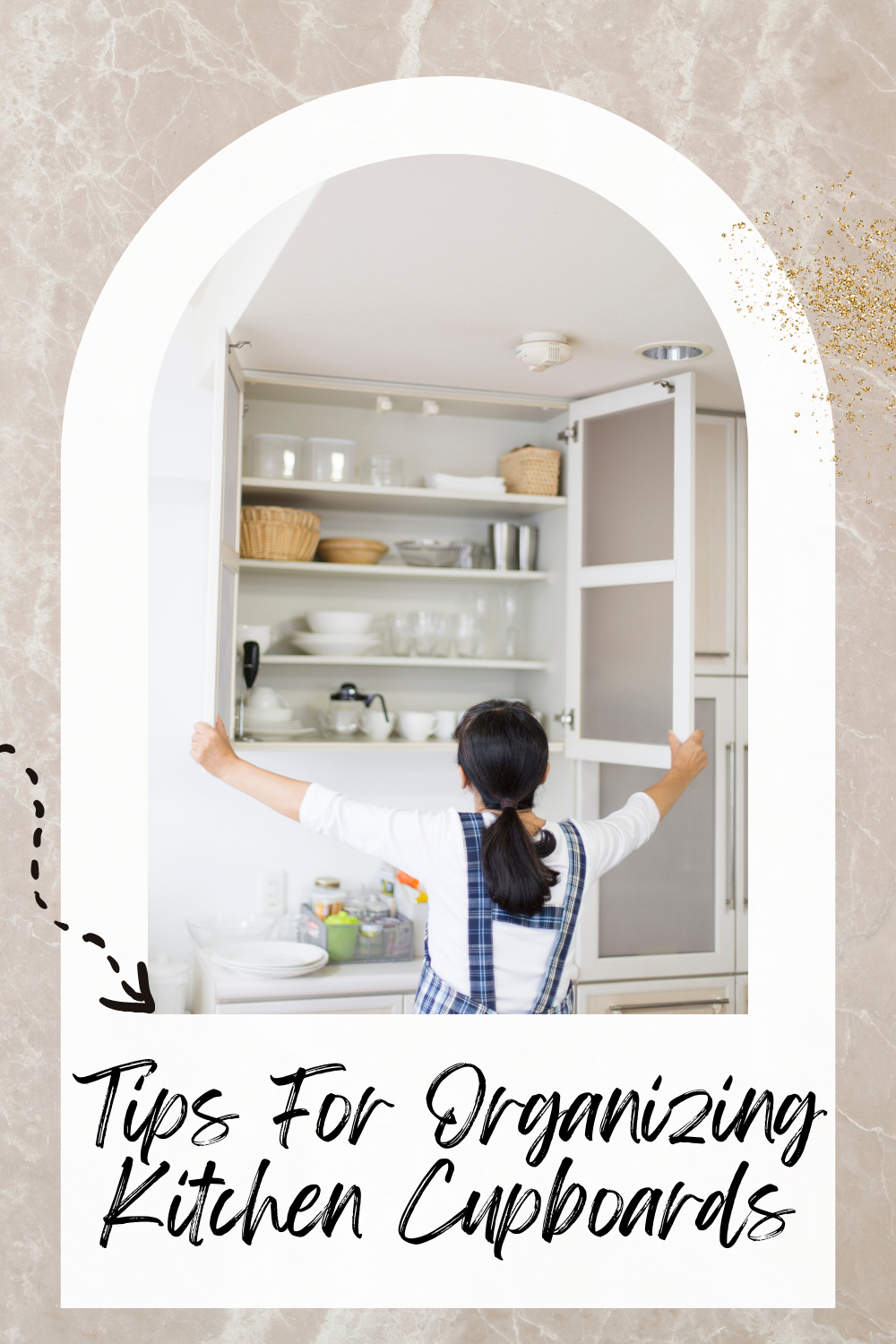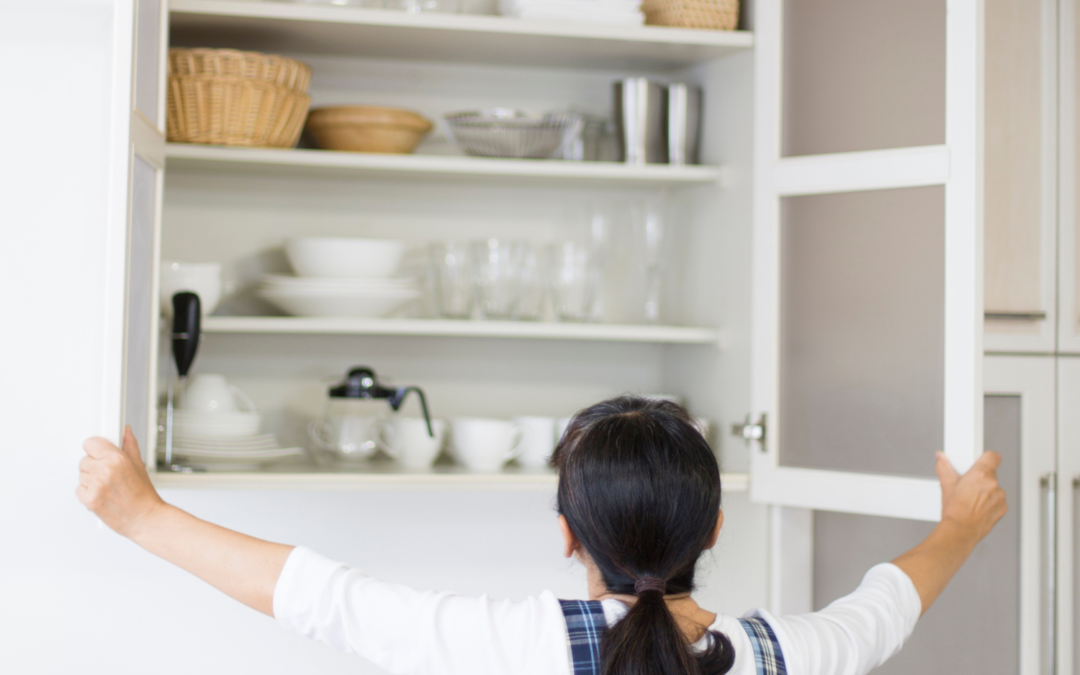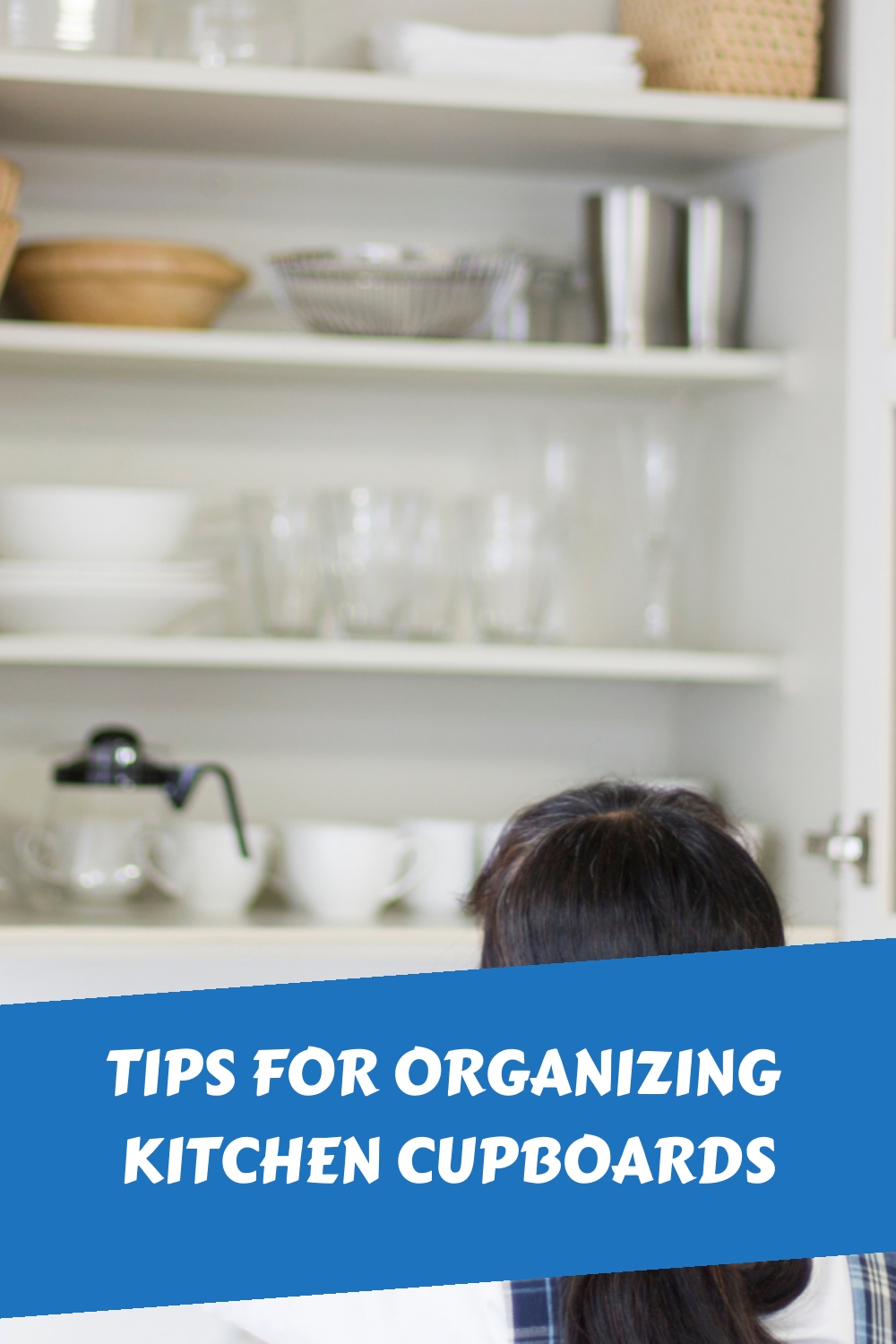Organizing the workspace efficiently so that movement is time-saving and labor-saving is a fact of life. People get paid big bucks for helping businesses organize their space to the best advantage. So it stands to reason that these same skills can be transferred to the home. You can make your life much easier by putting things where you can reach them easily, and at the correct time.
If you are moving into a new home or shouse, you can start this right away. If you have cupboards full of junk already, then you will need to sit down with a pen and paper and plan what you are going to do first. The easiest way of changing over is to take everything out of the cupboards, give it a wipe, and start again from the beginning.
Put the things that you won’t need very often in the furthest corners of the cupboards. Use the high cupboards that you have to stand on a stool to reach to store things you don’t use often as well. This could include picnic things, jam-making equipment, or special crockery and cutlery that only comes out on high days and holidays (Christmas stuff, for instance).
Now decide what tasks you perform in the kitchen and where you want to do them. Where will you stand to make coffee or tea? Where will you wash up? Where will you put food onto the plates? Is there a breakfast area?
Now, all you need to do is to put the things you will use in these areas next to them! It’s as simple as that! Put all the cereals near the breakfast bar. Tuck them all underneath, and they are handy and accessible. Put your cleaning materials under the sink with the washing-up liquid and spare cloths, etc.
Cutlery and crockery should go in the dining area, or near it. Put saucepans, woks, skillets, and frying pans near the cooker. Put your tea, coffee, hot chocolate, etc. near the kettle, and put mugs and cups here, too. This way, you’ll have everything in one place (the RIGHT place) when you need it.
Now you have decided where to keep everything, look at the way you store it. I am a big fan of plastic containers. I use Tupperware, but other modular storage systems are available and are just as good. Anything that comes in a packet will need to go into a storage container. This keeps it fresh and stops mice, insects, etc being attracted to your cupboards.
Don’t forget to empty containers completely before adding other food on top, otherwise, you’ll end up with a layer in the bottom that never gets used. If you haven’t got any purpose-made containers, use old ice cream tubs, etc.
Plastic containers help you see what ingredients you have, and what needs replacing. They keep food fresh. They stop food spillages from opened packages. Marvelous!
When you pack away your tins etc from a shopping trip, try to put the labels facing to the front so that you can see what you have got. Also, try placing your cans in sections. Put all the dessert ingredients together, all the sauces together, all the meat products together, etc. a bit like a mini supermarket! This will help you find what you want much more quickly than if things are just thrown in. Try this trick with your freezer, too. Have a shelf for meat, one for vegetables, one for ready-meals. etc.
Taking time to sort out your kitchen cupboards will save you lots of time and effort in the long run. Just a few minutes of sorting it out every week will save you so much aggravation you’ll wonder why you ever had them any other way!




